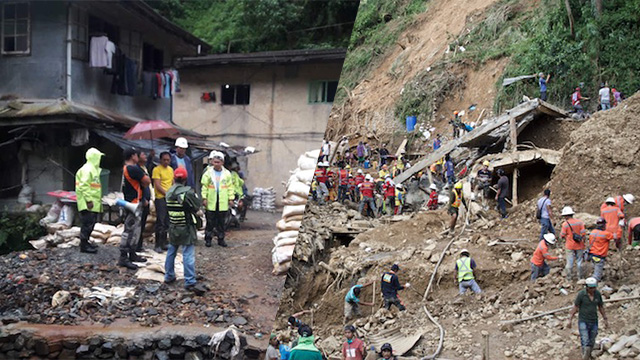
BAGUIO CITY, Philippines – Before September 15, a mining community found refuge in two concrete houses at the foot of a mountain in Itogon, Benguet.
They called both of them “bunkhouses.” In the shorter one, dozens of miners stayed with their families. The taller one, meanwhile was used as a storage facility for mining tools on the first floor, and a church on its second.
On the day Typhoon Ompong made landfall, the houses were no more.
The storm had dropped so much water in the soil of the mountains that the loosened earth had fallen and consumed the buildings, leaving only broken debris and the skeleton of the bunkouse's foundation.
“The amount of rainfall brought by Ompong was more than amount of rainfall brought by previous typhoons,” Francis Tolentino, the presidentially designated overseer of response to the typhoon, noted on Tuesday, September 18 in a chance interview.
According to Itogon police chief Police Senior Inspector Heherson Zambale, the miners and their families were asked to evacuate ahead of the super typhoon. They refused to leave, he said, and decided to stay inside the church floor of the taller building.
“Doon sila pumupunta talaga kung may bagyo (They go there when there are storms),” Zambale explained to Rappler. This time, however, the earth moved with the rage of water and the winds, taking away even their best defense.
As of 4:30 pm of September 18, 59 people from the houses remained missing while 18 were already found dead.
The people staying inside the bunkhouse came from different places, locals said, finding hope in digging for gold ore in the mining town of Itogon.
Here are photos showing before and after the typhoon struck:
Before
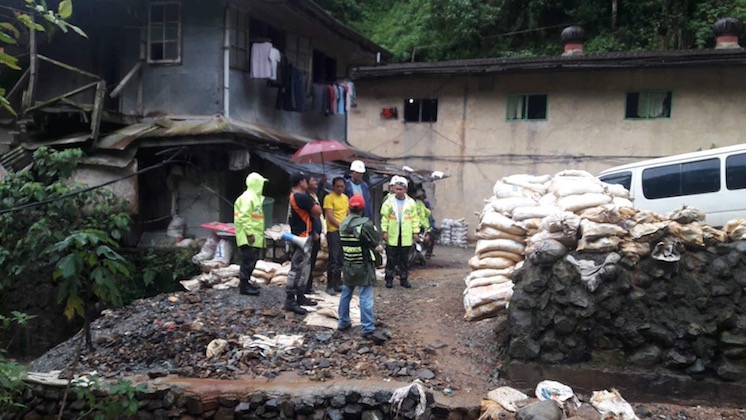
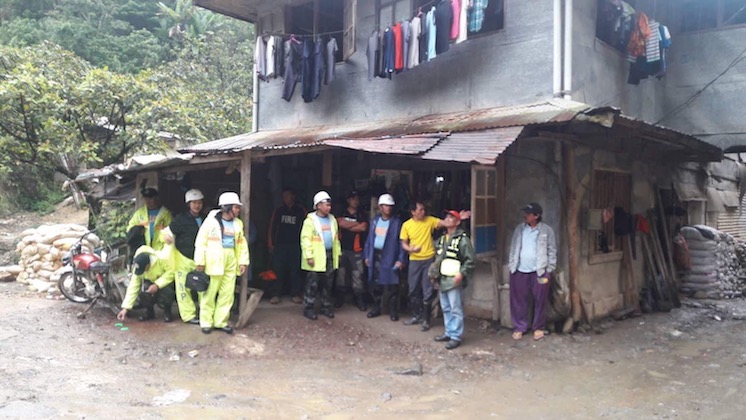
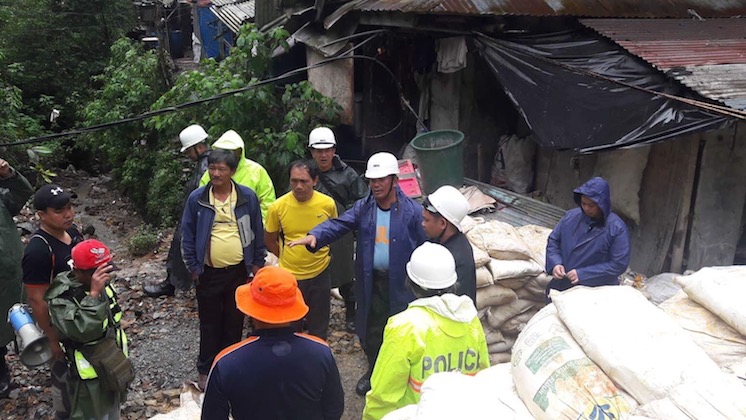
After

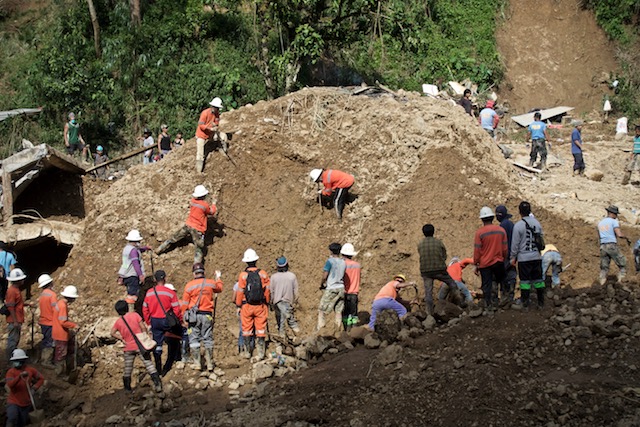
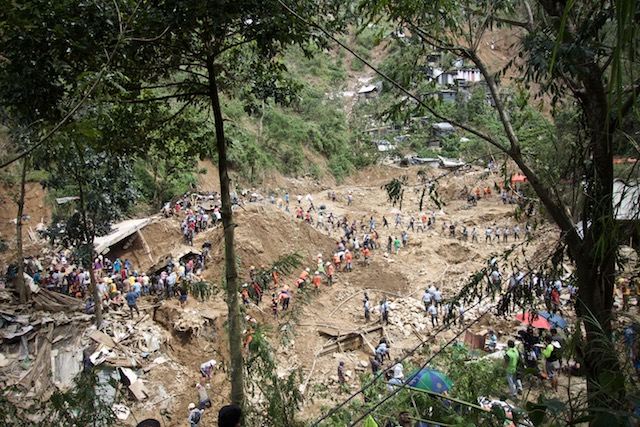
More on Typhoon Ompong (Mangkhut):







